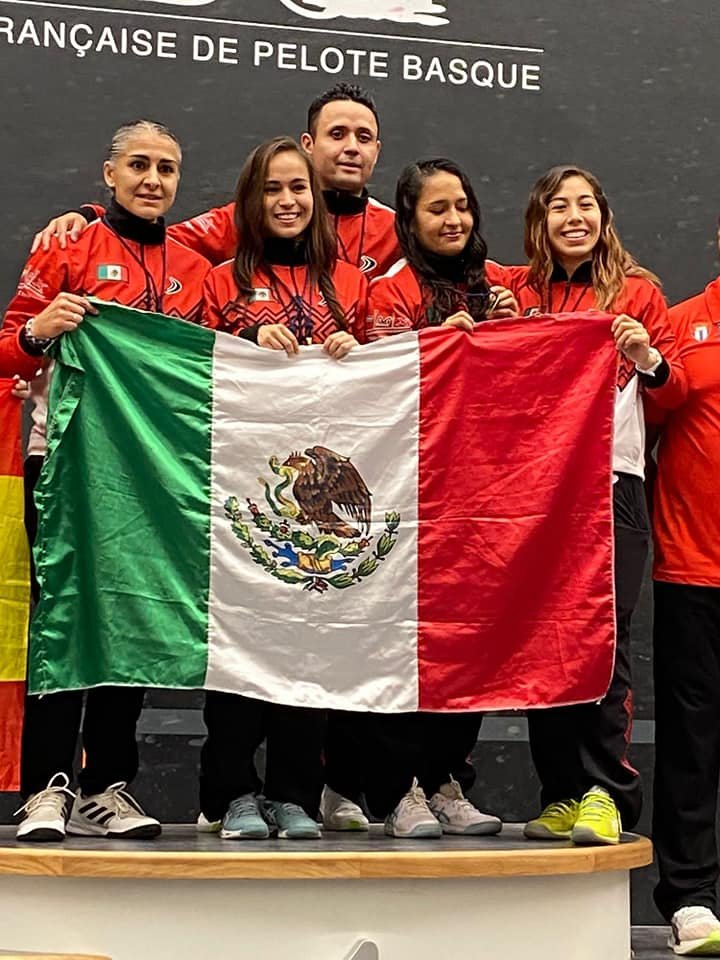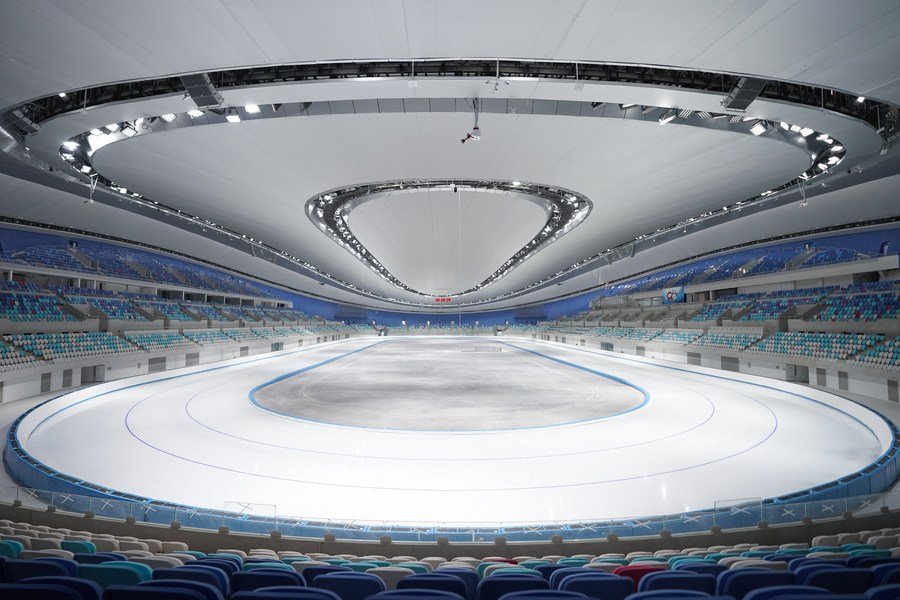The Major League Players Association came to an agreement with Major League Baseball which allowed for the 2022 season to take place, albeit with Opening Day delayed.
For some of the issues where different stakeholders might have conflicting views, there are some in which they all agree.
One example is the extra-innings ghost-runner rule that will be kept, whereby teams will start with a runner on second base. Many purists do not support it. However, the view of the team owners and players is that having shorter games due to this rule allows for fewer players being used, leading to less fatigue and risk of injury.
It is also coherent with Major League Baseball’s objective of having shorter games, which potentially would benefit the TV viewer that has a shorter attention span. This rule was first set after the 2020 pandemic regulations.
The most relevant of the rule changes is the implementation of a Universal Designated Hitter. This rule eliminates the obligation in the National League -where half of the teams play- for pitchers to bat as well. This has been the case in the American League since 1973.
Some purists also disagree with this decision, but that would probably be the case with any rule change. This rule change is positive.
First, the main argument against it would be that it is a merit on its own for pitchers to be good batters and that they ought to not be punished for that. But they will not. The so-called “Shohei Ohtani rule” allows for pitchers to be named “Designated Hitters”, and to stay in the game as such even after being relieved of their pitching duties.
The rule is called that way for the Japanese Player of the Los Ángeles Angels that became the first player to be selected as a Starting Pitcher and a Designated Hitter in an All-Star Game. In his historic 2021 season, where he became the first player with 10+ home runs and 20+ stolen bases as a hitter, and 100+ strikeouts and 10+ pitching appearances as a pitcher in a season.
The pitches that are also great batters will still be an asset. These cases are rare. From 2005 to 2021, every season has broken the record for strikeouts (FanGraphs), which have an inverse correlation vis-à-vis batting. If anything this will make the game slightly more balanced.
Another of the main reasons why this is fair is the fact that in the end, both Leagues have a common Final, and while fatigue might be a minor factor, the extra fatigue or exposition to injury that half of the pitchers would be exposed to might give them a slight disadvantage. Needless to say, statistically, teams from the National League have been affected by their batting average.
Other minor rule changes include the increase in rosters from 26 to 28 players and the end of the seven-innings doubleheader games in favor of the nine-innings versions.
These rules on paper seem to be positive. At the very least, we should expect an increase in Home Runs and fewer strikeouts. In theory.




